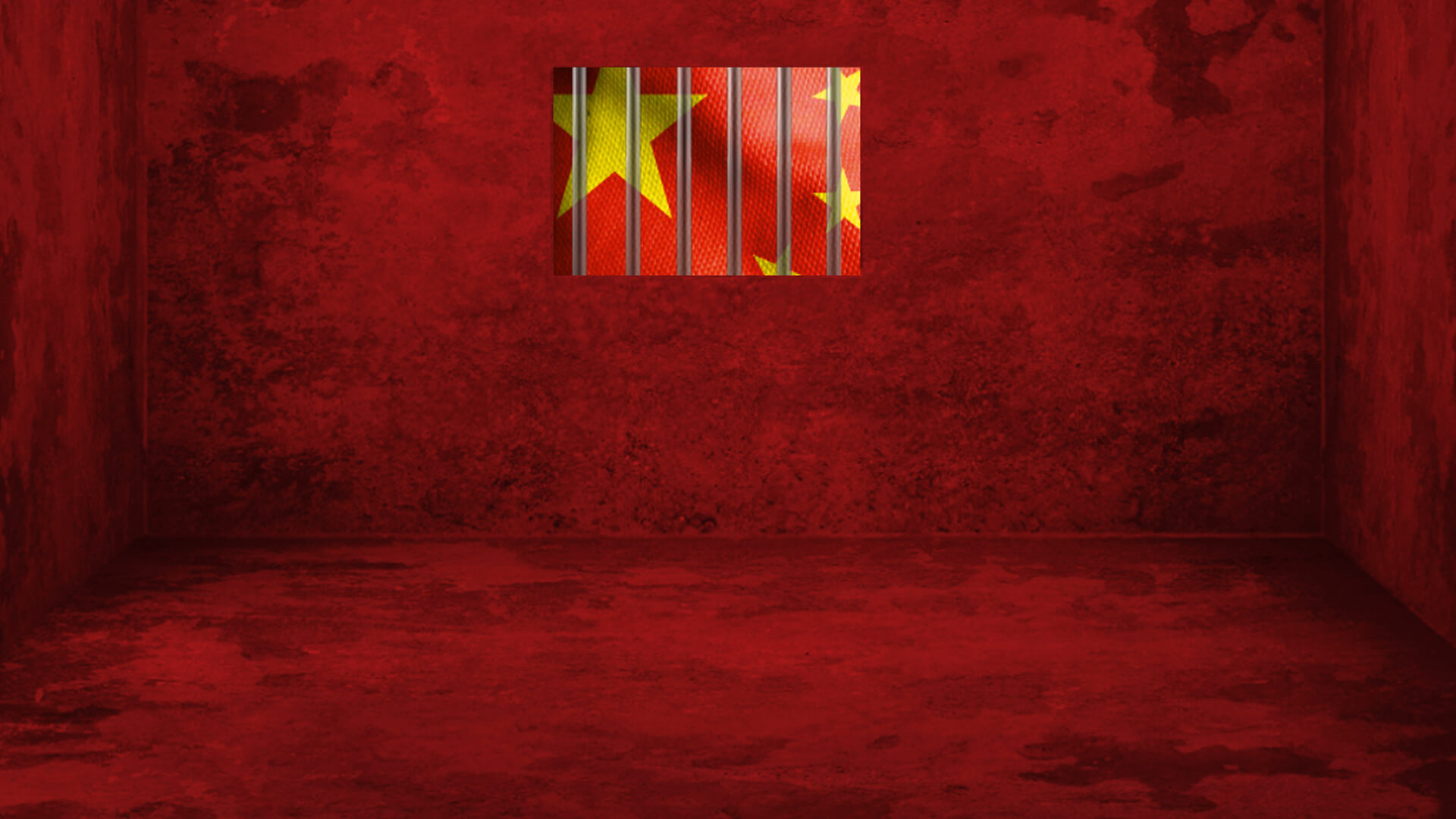
2021 marks the centenary of the Chinese Communist Party (CCP), the sole ruling party of China. In the past several decades, the Chinese government has perpetrated some of the worst human rights abuses the world has ever witnessed. The CCP’s worsening crackdown on fundamental freedoms and growing authoritarian influence worldwide are of major concern to foreign leaders, concerned global citizens, and international human rights advocates. In order to gain a comprehensive understanding of the CCP’s ambitions, it is important to analyze both the historical and current injustices perpetrated by the Chinese government, particularly in Tibet, the Uyghur Region (commonly referred to as Xinjiang), and Hong Kong — three regions where the CCP’s state-sanctioned policies appear to be the most widespread and concerning.
The following are the main takeaways that are presented in this report:
1. The CCP aspires to create a society perfectly molded to the ideological tenets of Xi Jinping or what the CCP refers to as the “Chinese Dream” and “national rejuvenation” — a society that is sinocentric, socialist, and homogenous. Religious and cultural plurality are seen as hindrances to the CCP’s policy of assimilation.
2. Space for genuine political participation is nonexistent, despite promises of political autonomy. The Chinese government’s rhetoric, which claims to safeguard “national security” and eradicate “terrorism, separatism, and extremism,” is used as a pretext to hamper political involvement.
3. There is widespread use of brute force and mass crackdowns in all three regions. The latest crackdowns in Hong Kong mirror the large-scale violence that is pervasive in Tibet and the Uyghur Region.
4. The Chinese government’s policies are designed to assimilate people in each focus region to become “true patriots,” individuals who are fiercely loyal to the party. These policies are accomplished
through initiatives that target younger generations and aim to destroy cultural identity
5. The incessant policing of religious practices has suffocated religious freedom in Tibet and the Uyghur Region. The CCP uses repressive tactics to break down the links between Tibetan Buddhism and Tibetan heritage, and Islam and Uyghur identity. Religious repression is not as strong in Hong Kong at this time.
6. The Chinese government uses an unprecedented amount of surveillance both online and offline to invade people’s privacy. By tracking people’s speech, movement, and conduct, the government hopes to police people’s behaviors and thoughts, and punish those who disagree with the regime.
7. The Chinese government severely limits freedom of movement among locals and foreigners. By preventing people from entering or leaving the three regions, the government ensures that their residents cannot access outside information and, by extension, democratic values.
8. The Uyghur genocide must serve as a warning to the international community. The genocide is a clear indicator that the Chinese government will not stop until they have assimilated the Uyghur people so that they align with the CCP’s goals and ideology
9. The Chinese government’s tactics of repression are similar within all three regions, but vary in scope. It is important to note that specific tactics are shaped by each region’s own unique histories, heritage, and culture.
10. Suppression tactics are often refined and recycled. This is most evident when considering the experiences of the Tibetan and Uyghur people, particularly with regards to their religious oppression and surveillance. It is expected that the tactics used in Tibet and the Uyghur Region will be recalibrated and used in Hong Kong in the future.